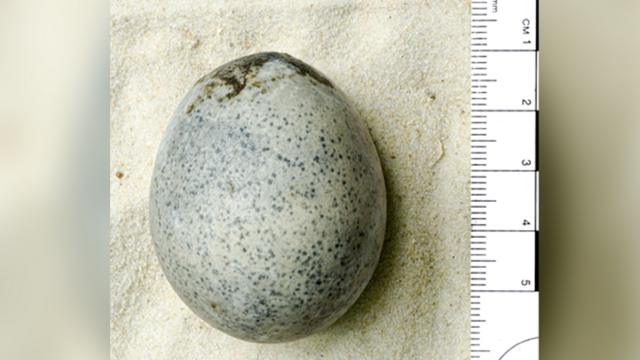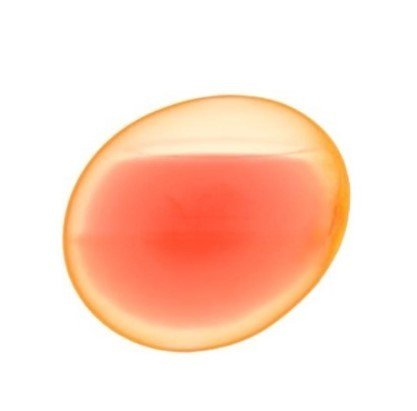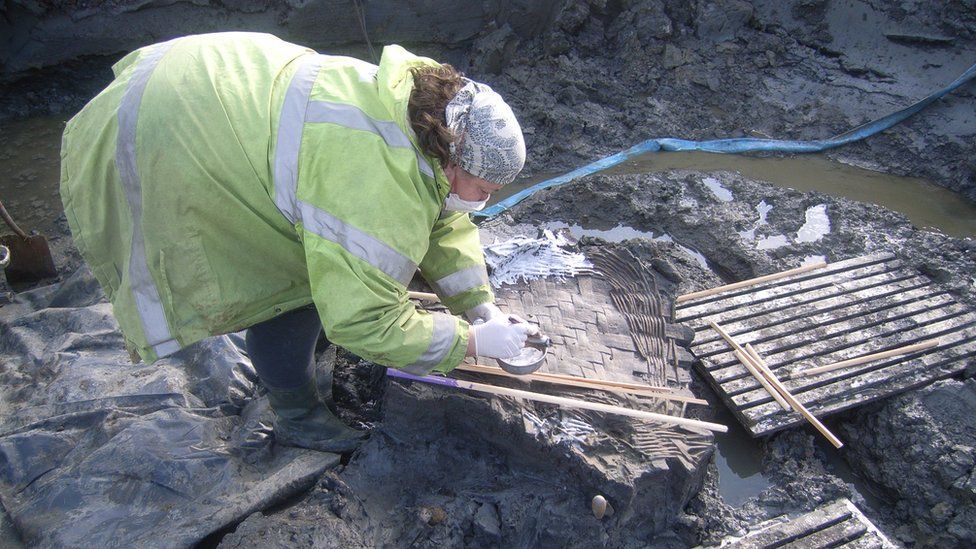Scientists reveal secrets of world’s oldest uncracked egg
Archaeologists scanned the 1,700-year-old egg discovered in a suspected Roman wishing well
Your support helps us to tell the story
From reproductive rights to climate change to Big Tech, The Independent is on the ground when the story is developing. Whether it's investigating the financials of Elon Musk's pro-Trump PAC or producing our latest documentary, 'The A Word', which shines a light on the American women fighting for reproductive rights, we know how important it is to parse out the facts from the messaging.
At such a critical moment in US history, we need reporters on the ground. Your donation allows us to keep sending journalists to speak to both sides of the story.
The Independent is trusted by Americans across the entire political spectrum. And unlike many other quality news outlets, we choose not to lock Americans out of our reporting and analysis with paywalls. We believe quality journalism should be available to everyone, paid for by those who can afford it.
Your support makes all the difference.An intact chicken egg estimated to be around 1,700 years old is believed to be the only of its type in the world, after scientists found it still had liquid inside.
It was discovered during a dig in Aylesbury in Buckinghamshire between 2007 and 2016, with researchers saying at the time that it was a “genuinely unique discovery”.
During the course of the excavation, archaeologists broke three other eggs which released a “potent stench”, but a fourth egg remained intact.

Experts from Oxford Archaeology think the waterlogged pit may have been used as a sort of Roman wishing well.
Now, a micro scan has found that the egg still contained the yolk and egg white and is believed to be the only intact egg from the period.

Edward Biddulph, senior project manager at Oxford Archaeology who oversaw the excavation, said: "We were absolutely blown away when we saw the contents in there, as we might have expected them to have leached out."
The recent work has been carried out by conservator Dana Goodburn-Brown, who took the egg for further analysis at the University of Kent.
"It produced an amazing image that indicated that the egg, apart from being intact - which is incredible enough - also retained its liquid inside, presumably deriving from the yolk, albumen etc," said Mr Biddulph.
It has also been taken to London’s Natural History Museum, where Douglas Russell, the senior curator of the museum’s birds, eggs and nests collection was consulted about how to conserve the egg and remove its contents.

Mr Biddulph said: "As we found out when we visited the Natural History Museum, [it] appears to be the oldest known example in the world."
The archaeologist admitted that it was "a bit daunting walking around London with a 2,000-year-old egg".
"And it was a bit hairy on the Tube - although it was well protected - it’s not like I was carrying it around in my pocket."
The egg is now being housed at Discover Bucks Museum in Aylesbury while work continues to discover how to extract the inside without breaking the delicate shell.
"There is huge potential for further scientific research and this is the next stage in the life of this remarkable egg,” Mr Biddulph said.
Subscribe to Independent Premium to bookmark this article
Want to bookmark your favourite articles and stories to read or reference later? Start your Independent Premium subscription today.

Join our commenting forum
Join thought-provoking conversations, follow other Independent readers and see their replies
Comments